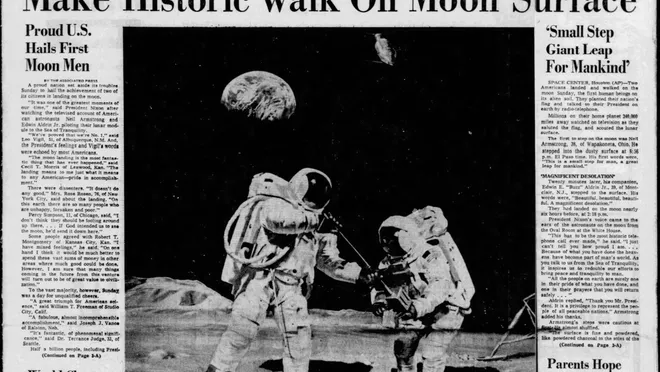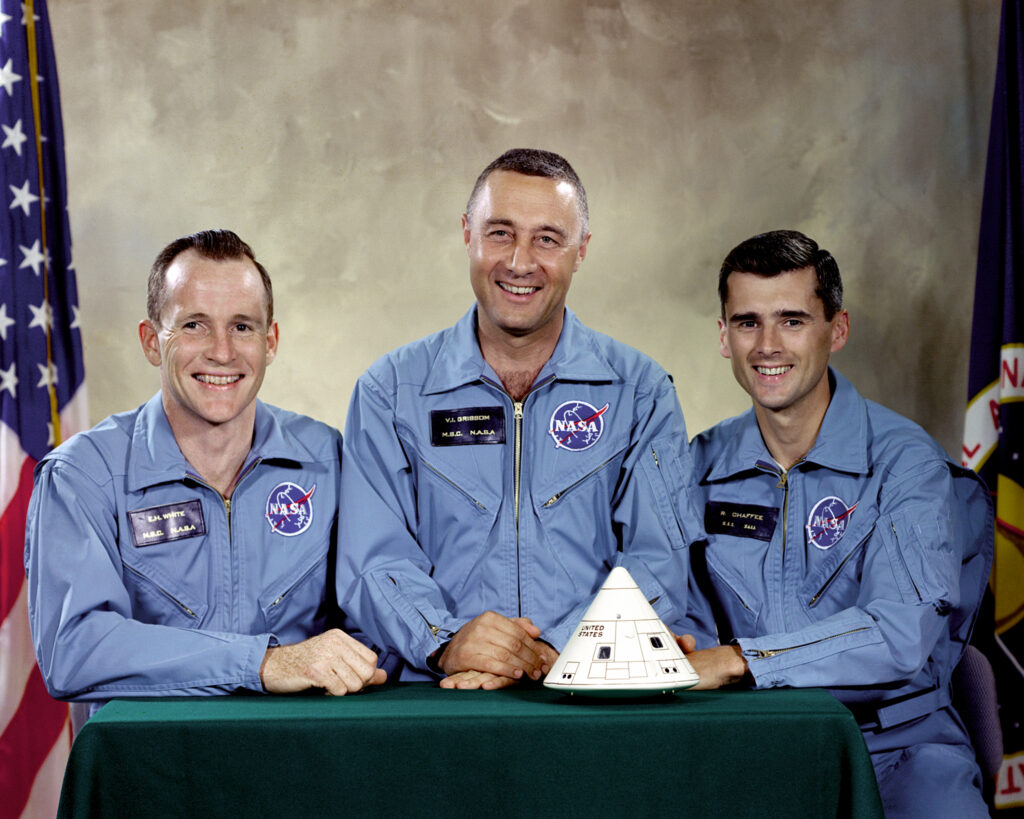HISTORY
By HASSAN MUZZAFAR HAQ
September 28th, 2023
One Giant leap for mankind
What do you think is the single most important moment in the past 200,000 years? Depending on which ancestor of yours you ask, the answer would vary quite a bit. Some would maybe mention the founding of Greek civilization, the crowning of Charlemagne, the invention of gunpowder, the birth of Genghis Khan, the Nazi invasion of Poland, etc. All of these responses hold some merit in one way or another; all of them have impacted society as a whole in distinct manners.
People from different times and bygone eras would view and interpret this question incredibly differently, but here in the early 2020s, I would enter one more answer into this eternal conversation: the moon landing. In the colossal tapestry of human history, few moments symbolize the triumph and victory of human ingenuity more than the moon landing. On July 20, 1969, Apollo 11 astronauts Neil Armstrong and Edwin “Buzz” Aldrin ventured into the boundless realm of space and made their indelible mark on the pages of our history, exemplifying not only the indomitable will of the human spirit but also shedding new light on the endless possibilities of exploration outside the borders of our blue planet.

Apollo 11 astronauts planted a flag on the moon on July 20, 1969. (NASA)
It can be said that no monumental event has occurred without the dedication, devotion, and perseverance of hundreds of like-minded individuals, and this is directly applicable to humanity’s first voyage to Earth’s only natural satellite. Apollo 11, the spaceflight mission that landed humans on the moon, was a culmination of years of meticulous planning, scientific discovery, and technological innovation.
Launched by a Saturn V rocket from the Kennedy Space Center on Merritt Island, Florida, it was NASA’s fifth crewed mission. As the journey reached Saturn V’s third stage, the crew detached the spacecraft from it and traveled for 3 days as the first of our species amongst the null vastness of space before approaching the moon’s orbit. Four days later, on July 20, astronauts Armstrong and Aldrin descended to the lunar surface in the Eagle Lunar Module, landing in the Sea of Tranquility while Collins orbited above. The world held its breath as Armstrong took those historic steps, uttering the immortal words, "That's one small step for man, one giant leap for mankind." This powerful phrase not only evokes the sheer scale of Apollo 11’s achievement but also serves as a testament to the endless potential of what humans can accomplish through teamwork and willpower. The crew returned to Earth on July 24 after more than eight days above its skies, splashing down into the Pacific Ocean.

Local Mexican Newspaper Celebrating The Moon Landing (1969)
The roots of the Apollo program are entrenched within conflict, a grim reminder of the fact that humanity is capable of both discovery and destruction depending on which values they seek to foster. The need for an American space initiative can be traced back to the heated space race between the United States and the Soviet Union during the Cold War. After Yuri Gagarin became the first human in space in 1961, the United States was determined to assert its prowess in space exploration. President John F. Kennedy's famous speech on May 25, 1961, set the stage for the Apollo program when he announced,
"I believe that this nation should commit itself to achieving the goal, before this decade is out, of landing a man on the moon and returning him safely to Earth." As it happens, to fulfill the daunting promise these words held, NASA undertook a series of progressively complex missions leading up to the fateful Apollo 11. However, before their massive successes and soaring highs, the American aeronautics agency also suffered crushing lows and tragic failures, and this is no more true than for Apollo 1, the planned first crewed mission of the program. It was designated to launch on February 21, 1967, but as the date approached, the crew and NASA faced several challenges. The spacecraft was plagued with technical issues and delays. In the process, the mission slipped from late 1966 into early 1967. During a "plugs-out" test on the launch pad, a cabin fire broke out in the pure oxygen atmosphere of the command module. Tragically, the fire spread quickly, and all three astronauts of the crew, Command Pilot Virgil "Gus" Grissom, Senior Pilot Edward H. White II, and Pilot Roger B. Chaffee, lost their lives. The mission, originally called AS-204, was renamed Apollo 1 in the crew's honor after the fire, as it had been their chosen name.

Portrait of the Apollo 1 prime crew for first Apollo space flight. From left to right are: Edward H. White II, Virgil I. "Gus" Grissom, and Roger B. Chaffee. Their assignment to this crew was announced on March 21, 1965.
The Apollo 1 tragedy was a sobering reminder of the grave risks involved in the uncharted frontier of space exploration. However, its legacy remains one of resilience and determination. Despite the disastrous event, NASA pressed forward with the Apollo program, adapting to their shortcomings and learning from their mistakes. Their continued efforts led to the ultimate attainment of Kennedy’s goal and were instrumental in ensuring the safety of subsequent missions. The deaths of the AS-204 crew serve as a poignant sign of the sacrifices made in the pursuit of progress and the dangers involved with advancement and discovery. But NASA’s struggles thereafter are a constant indication of the worth of persistence and the eventual victory that awaits those who tread the path of innovation. Succinctly, we can refer to a quote that best represents this sentiment:
“Man cannot discover new oceans unless he has the courage to lose sight of the shore.” -Andre Gide
Subscribe To Our Newsletter
Receive amazing space news and stories that are hot off the press and ready to be read by thousands of people all around the world.
